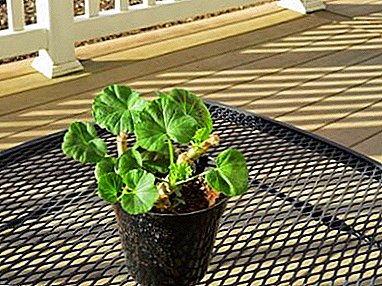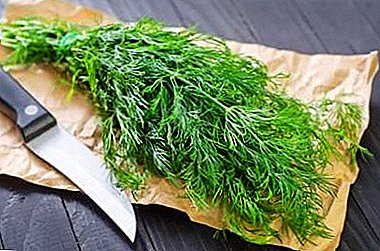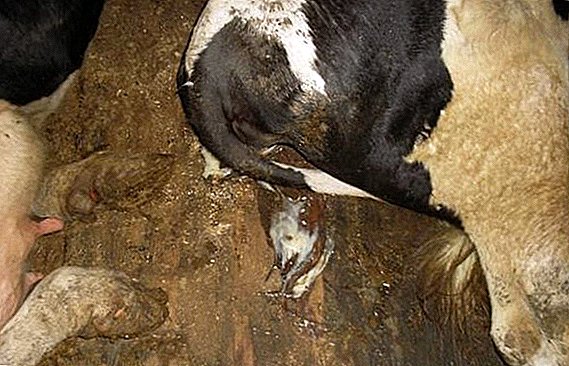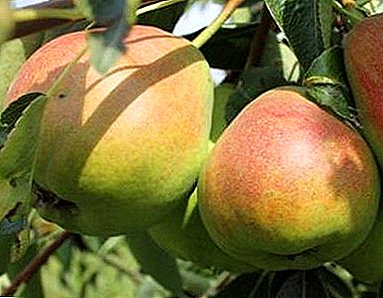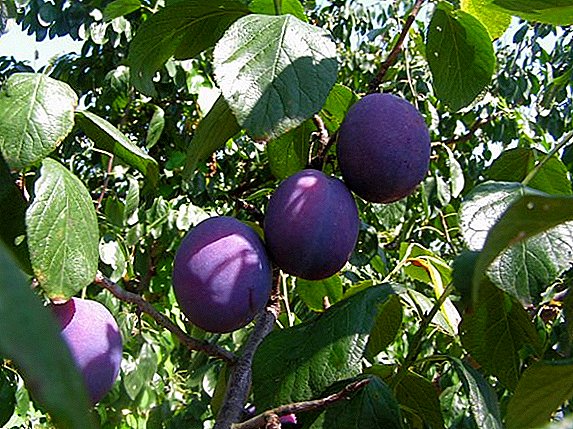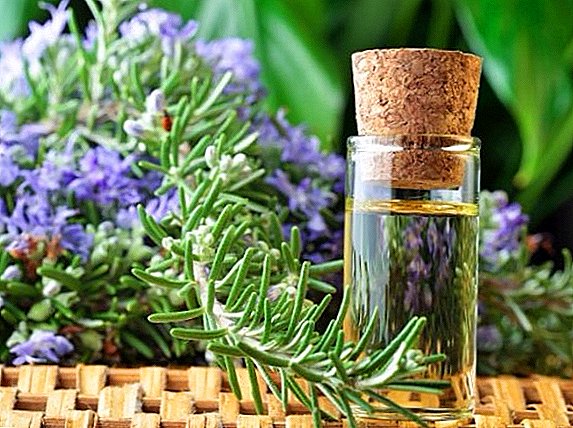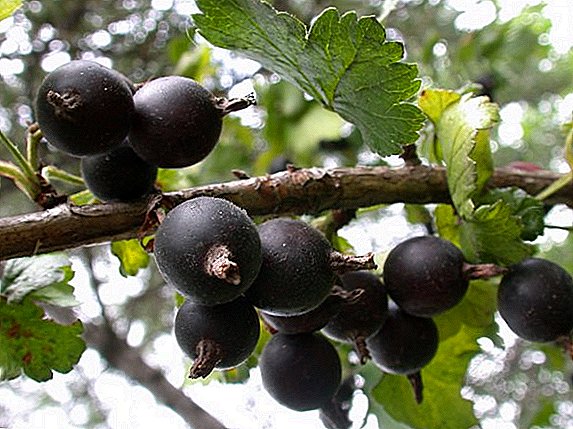 Unfortunately, yoshta It is not as popular in our gardens as other berry crops, but its fruits have many useful substances and a pleasant sweet-sour taste. There are a lot of recipes for preparing yoshta for the winter; not only traditional jams, jam and compote are prepared from its berries, but also wine.
Unfortunately, yoshta It is not as popular in our gardens as other berry crops, but its fruits have many useful substances and a pleasant sweet-sour taste. There are a lot of recipes for preparing yoshta for the winter; not only traditional jams, jam and compote are prepared from its berries, but also wine.
Juice from yoshta
 To prepare the juice, you need to take 1 kg of yoshta berries, 1.7 liters of water, 4 cups of sugar. First, boil 200 ml of water and boil the berries in it. When they are soft, the berry mass is ground over a sieve and mixed with boiling syrup from water (1.5 l) and sugar. The resulting juice should be poured into jars, sterilized, roll up, wrap and leave to cool.
To prepare the juice, you need to take 1 kg of yoshta berries, 1.7 liters of water, 4 cups of sugar. First, boil 200 ml of water and boil the berries in it. When they are soft, the berry mass is ground over a sieve and mixed with boiling syrup from water (1.5 l) and sugar. The resulting juice should be poured into jars, sterilized, roll up, wrap and leave to cool.
Did you know? Yoshta is a hybrid of black currant and two types of gooseberry. The name was obtained by combining the initial syllables of the German names of these plants: "Johannisbeere" (currant) and "Stachelbeere" (gooseberry).
Yoshta compote
To prepare 1 liter of yoshta compote for the winter without sterilization you will need: 400 g of berries, 650 ml of water, 120 g of sugar. Berries need to sort, wash and place in a clean jar. Boil water, pour the berries and boil them for 10-15 minutes, after which the water should be poured back into the pan and boil again. Sugar needs to be added either to the water, or to fill them with berries.
Boiling syrup is again poured into a jar, rolled up, turned upside down and wrapped. After cooling the jar with compote is placed on the storage place. To prepare the compote with the sterilization, the berries in the jars are filled with sugar syrup, put the jars in a pan with hot water so that the water covers them by three quarters. Experienced housewives put a towel on the bottom of the pan. Banks with compote need to be sterilized (boil) for 10 minutes and roll up.
Important! From the berry platter (yoshta, raspberries, gooseberries, black and red currants) it turns out not only very tasty, but also healthy compote.
Yoshta Liquor
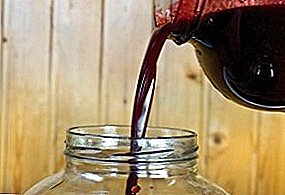 Ingredients for liqueur are: yoshta berries, 10 leaves of cherry or currant, 1 liter of vodka, 750 g of sugar, 1 liter of water. Fruits should be placed in a capacity of 3/4 volume, add pure cherry or currant leaves and pour vodka. After a month and a half, liquor is filtered, combined with sugar syrup, poured into bottles and closed. He needs to insist a few months.
Ingredients for liqueur are: yoshta berries, 10 leaves of cherry or currant, 1 liter of vodka, 750 g of sugar, 1 liter of water. Fruits should be placed in a capacity of 3/4 volume, add pure cherry or currant leaves and pour vodka. After a month and a half, liquor is filtered, combined with sugar syrup, poured into bottles and closed. He needs to insist a few months.
Wine from yoshta
To prepare the wine you will need 3 kg of yoshta, 2 kg of sugar, 3 liters of water. Berries need to be crushed and placed in a bottle, sugar syrup is poured in and mixed there. The liquid must be kept warm for a week, periodically it must be shaken. Then the juice needs to be drained into another container, closed with a stopper with a water stopper and left for another week, after which the young wine is filtered and poured into clean bottles. He needs to brew in the cellar for several months.
Did you know? Yoshta berries contain a lot of ascorbic acid, so it is useful to eat to prevent cardiovascular diseases, cataracts, to strengthen the immune system, normalize blood pressure and cholesterol levels, and combat signs of aging.
Yoshta jam recipes
Joshta jam recipes have a few.
Jam from yoshta
Recipe 1
To make jam you need: 400 g of yoshta berries, 350 g of sugar, 50 ml of water, lemon juice.
 Berries need to be washed and cleaned, put them in a saucepan, add water, bring to a boil and cook for 5 minutes so that the yoshta will run the juice. Next, rub the mixture through a sieve and add sugar in equal parts in equal parts, that is, about 350 g. Then you need to bring the mixture to a boil and cook for 20 minutes on low heat, stirring and removing the foam. 5 minutes before readiness add a teaspoon of lemon juice and mix. Ready jam is poured into sterilized jars, overturn them and wrap until cooled.
Berries need to be washed and cleaned, put them in a saucepan, add water, bring to a boil and cook for 5 minutes so that the yoshta will run the juice. Next, rub the mixture through a sieve and add sugar in equal parts in equal parts, that is, about 350 g. Then you need to bring the mixture to a boil and cook for 20 minutes on low heat, stirring and removing the foam. 5 minutes before readiness add a teaspoon of lemon juice and mix. Ready jam is poured into sterilized jars, overturn them and wrap until cooled.
Recipe 2
To make jam you need to take 1 kg of yoshta fruit and 1 kg of sugar. Pure selected berries are mixed with sugar and left overnight. In the morning, the berry mass should be boiled for an hour, let it cool and boil again several times until the juice boils completely. When the jam gets the necessary thick consistency, it is placed in jars and rolled.
Recipe 3
Have to take 1 kg of yoshta berries and 2 kg of sugar. Prepared berries should be kneaded or smashed, mixed with sugar and left to dissolve. Boil the jam on low heat to a thick consistency, place in sterilized jars and roll up.
Important! Picked yoshta berries should be processed as soon as possible in order to extract the maximum benefit from the fruit and not to lose valuable substances.
Joshma jam with mint
To make jam with mint you need to take 400 g of yoshta, 250-300 g of sugar, 50 ml of water, lemon and a few mint leaves.
 Selected, cleaned and washed yoshtu should be placed in a deep bowl, add water, bring to a boil and boil until the berry starts to make juice. Then the berries should be rubbed through a fine sieve and mixed with sugar. Bring the mixture to a boil, cook for 15 minutes, add mint and a teaspoon of lemon juice. Cook jam 5 minutes and get mint. The output will be approximately 400 g of jam. Ready-made jam is poured into sterilized jars and closed with sterilized crisscans. We wrap the cans and hold them to cool. Now they can be put on permanent storage.
Selected, cleaned and washed yoshtu should be placed in a deep bowl, add water, bring to a boil and boil until the berry starts to make juice. Then the berries should be rubbed through a fine sieve and mixed with sugar. Bring the mixture to a boil, cook for 15 minutes, add mint and a teaspoon of lemon juice. Cook jam 5 minutes and get mint. The output will be approximately 400 g of jam. Ready-made jam is poured into sterilized jars and closed with sterilized crisscans. We wrap the cans and hold them to cool. Now they can be put on permanent storage.
Important! Yoshtu cannot be eaten by people with individual intolerance and prone to the formation of blood clots.
Yoshta jam recipes
The most ripe berries are recommended for jam, since it is better to make jam from the semi-ripe yoshta berries.
Yoshta Jam
 To make jam for the winter, you will need: 1 kg of berries, 1.5 kg of sugar, a glass of water. Yoshtu need to sort out and wash, from water and sugar to prepare a syrup. Then the berries are placed in a syrup and boiled for 5 minutes. After cooling, the mass is boiled again, and the process is repeated several times. The finished product can be poured into banks and rolled up.
To make jam for the winter, you will need: 1 kg of berries, 1.5 kg of sugar, a glass of water. Yoshtu need to sort out and wash, from water and sugar to prepare a syrup. Then the berries are placed in a syrup and boiled for 5 minutes. After cooling, the mass is boiled again, and the process is repeated several times. The finished product can be poured into banks and rolled up.
Cold yoshta jam
Cold jam is ground berries with sugar without heat treatment. In such a jam, the maximum amount of useful substances is preserved, and the preservative is sugar. For this jam, you need to take 1 kg of fresh berries and 2 kg of sugar.
Yoshtu needs to be sorted out, cleaned of stalks and tails, washed and dried. Next, the berry is crushed with a blender, a combine or with the help of a meat grinder, mixed with sugar and left for several hours in an enamel bowl to melt the sugar. Later, cold jam is poured into cooled sterilized jars and closed with clean, dry capron lids. Keep the jam in a dark and cool place.
Joshta jam
For jam you need to take 1 kg of yoshta and 800 g of sugar. 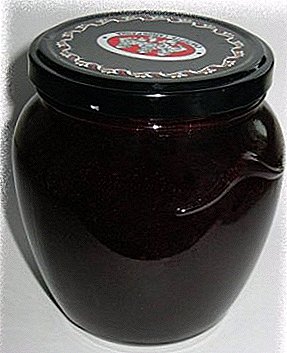
Pre-washed berries are blanched for a few minutes with steam or in boiling water until softened. Then hot grate the yoshta berries through a sieve. The resulting mass should be boiled, add 400 g of sugar and cook until it dissolves (10-15 minutes). After that add the rest of the sugar and cook until done. Boiling jam is placed in dry sterilized jars and rolled.
Did you know? If different techniques are used when preparing yoshta, a different product is obtained as a result of conservation. The main difference of jam - berries must remain intact and preserve the form, regardless of whether it is liquid or thick. In jam, the fruit is boiled soft. Jam has a homogeneous consistency, because it is made from berry puree. Jelly is often made with gelling additives and always has a gelatinous appearance.
Yoshta Jelly
To make jelly you need to take 1 kg of yoshta berries and 1 kg of sugar.
 Pure berries should be chopped with a meat grinder or blender, covered with sugar and bring to a boil. It is necessary to cook the mass on low heat for about 15 minutes, then strain and boil the remaining juice for another 10 minutes. Pour the jelly into sterilized jars and roll up. Berries can be made compote or jam. If the usual harvesting has already become boring and you want diversity, conservation from the yoshta will help bring a new note to the winter diet and replenish the body with valuable substances.
Pure berries should be chopped with a meat grinder or blender, covered with sugar and bring to a boil. It is necessary to cook the mass on low heat for about 15 minutes, then strain and boil the remaining juice for another 10 minutes. Pour the jelly into sterilized jars and roll up. Berries can be made compote or jam. If the usual harvesting has already become boring and you want diversity, conservation from the yoshta will help bring a new note to the winter diet and replenish the body with valuable substances.



